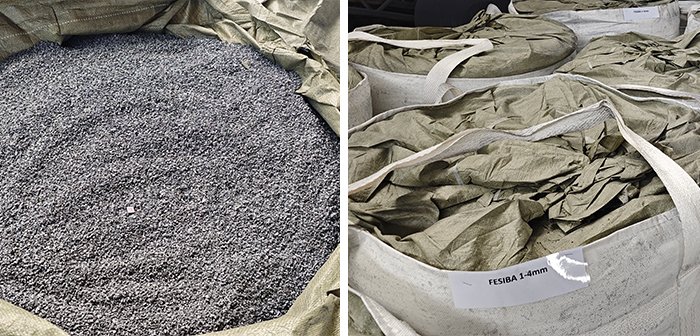What are the inoculant for cast iron?
In the foundry industry, the use of inoculant for cast iron plays a crucial role in producing high-quality castings with superior mechanical properties. These additives improve the graphite structure, reduce defects, and enhance the performance of cast iron.

Types of inoculant for Cast Iron
- Ferrosilicon (FeSi) is the most commonly used inoculant in cast iron production. It contains a high percentage of silicon (typically 75-90%) and is used to control the formation of graphite during solidification. High-silicon ferrosilicon inoculant are primarily used in gray cast iron and ductile iron to improve the graphite structure, reduce shrinkage, and enhance the overall casting quality.
- Silicon Barium Inoculant is a type of alloy used in the casting industry, specifically for the production of cast iron. It is a combination of silicon (Si) and barium (Ba) that serves to modify the structure and properties of cast iron, especially in terms of graphite formation and the overall quality of the casting.

Why Are inoculant Important?
inoculant offer several key benefits to the cast iron production process:
- Improved Graphite Distribution: inoculant ensure the formation of fine, evenly distributed graphite flakes or nodules, which are essential for improving the cast iron’s strength and machinability.
- Enhanced Mechanical Properties: The use of inoculant improves tensile strength, hardness, elongation, and overall toughness, making cast iron more suitable for demanding applications.
- Reduced Casting Defects: inoculant help reduce common casting defects such as shrinkage, gas porosity, and inclusions, leading to higher-quality castings with fewer imperfections.
- Better Fluidity: inoculant improve the fluidity of molten iron, allowing the metal to fill molds more easily and reduce the likelihood of voids and defects in the final casting.
How Are inoculant Applied?
inoculant can be introduced into molten cast iron using various methods, including:
- Direct Addition: inoculant are typically added directly to the molten iron just before or during pouring. This method is simple and effective for most cast iron applications.
- Pre-Alloying: Some inoculant are pre-alloyed with the charge material, ensuring an even distribution throughout the molten metal.
- In-Mold Inoculation: In certain applications, inoculant are added directly to the mold cavity before pouring. This technique is particularly useful for high-precision castings that require specific properties in localized areas.
By carefully selecting the right inoculant for specific casting needs, manufacturers can ensure high-quality products that meet the demanding standards of industries such as automotive, construction, and machinery.
Contact Us Today!
We welcome inquiries in English, Español (Spanish), Русский язык (Russian), Français (French), and العربية (Arabic).
Our professional team will reply to you within one business day. Please feel FREE to contact us!
Your privacy is important to us,we are committed to marking sure your privacy is
confidential.
